Art & culture in upper Bavaria
The “blue land”

The land around the Kochel Lake, the moor, the mountains, the lakes. Franz Marc and his artist colleagues Gabriele Münter – and Wassily Kandinsky found inspiration in the area. Those now world-famous artists, who co-founded the “Blaue Reiter” artist group, spent many years in Kochel am See, Murnau and Sindelsdorf.
Franz Marc felt at home here, and this is where he created most of his works and also received important impulses for his special understanding of art. The Loisach moor between Kochel and Murnau was the incubator of Munich Modernism, which formed around Franz Marc, Gabriele Münter and Wassily Kandinsky.
“Kochel Lake by boat“, “Waterfall at the Kochel” for example, are some titles of Kandinsky’s landscape studies, and Gabriele Münter painted “Grave crosses in Kochel” in the cemetery, where Franz Marc was laid to rest years later.
Visit the Blaue Land between Kochel and Murnau and experience the domains of these well-known artists. Let the same impressions come to you as came to Franz Marc and his friends. Hike through the Loisach Valley on the trail of the “Blaue Reiter” and discover it for yourself.
The Franz Marc walk through Kochel
Follow in the footsteps of Franz Marc. The new app-based audio guide uses a clearly laid out map to take you to 10 stations where you can learn interesting facts about the artist and his paintings. Discover the places where Franz Marc, Wassily Kandinsky and other Expressionists got their inspiration for famous works.
iOS App Download / Android App Download / >> Tour description
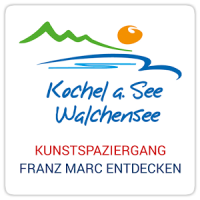
Franz Marc Museum
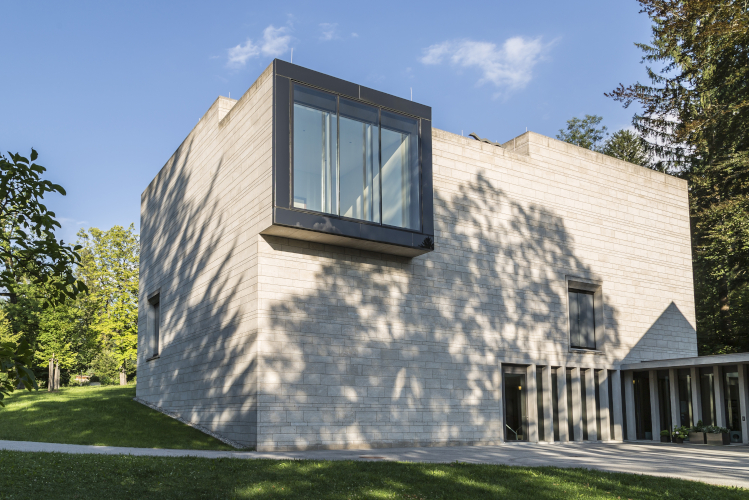
The museum was opened in 1986 and it was founded to portray the life and work of Franz Marc in the landscape that shaped him as a painter. Since 2008, Franz Marcs paintings and drawings has been presented even better in a new building. Parallel to the special exhibitions, the museum is showing important works from its collection by Franz Marc, the “Blue Rider“, the “Brücke“, Paul Klee, and German and French post-war abstraction.
>> www.franz-marc-museum.de (Kochel 1 km)
TIP: From the hotel you can reach the Franz Marc museum within a 10 minutes walk.
Franz Marc Museum, Foto: Doris Leuschner
Schlossmuseum Murnau
The Schlossmuseum shows, among other things, an extensive collection of paintings, drawings and prints by Gabriele Münter as well as works by the artists of the “Neue Künstlervereinigung München” and the “Blauer Reiter” (including works by Wassily Kandinsky, Marianne von Werefkin, Alexej Jawlensky, Franz Marc , Heinrich Campendonk).
>>www.schlossmuseum-murnau.de (Murnau 18 km)
© Schloßmuseum Murnau, Bildarchiv

Münter-Haus in Murnau
The residential house in of Gabriele Münter in Murnau was the inspiration and starting point for a new artistic movement of Expressionism. It was a meeting place for the avant-garde and a refuge for artists: Franz Marc, Alexej von Jawlensky, Marianne von Werefkin, August Macke and Arnold Schönberg came to visit regularly, as did collectors and gallery owners. The almanac “Der Blaue Reiter” was also to be created here.
>> www.muenter-stiftung.de (Murnau 18 km)
Walchenseemuseum
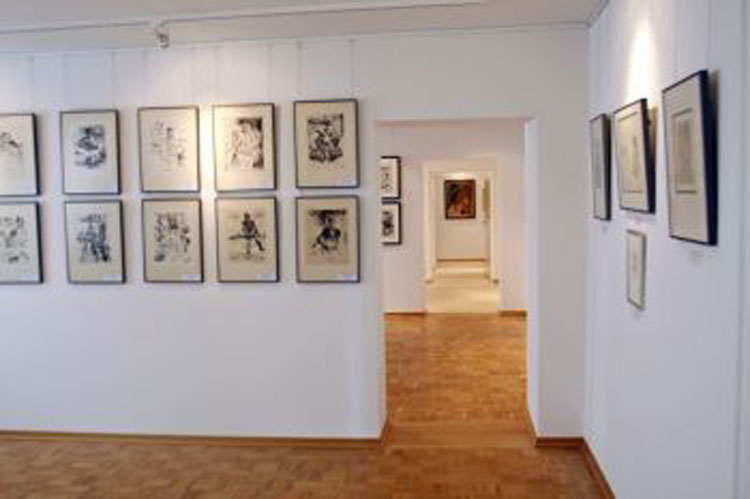
16 exhibition rooms house local history collections from the areas: Walchensee, Kochelsee, Jachenau, Kesselberg and Herzogstand.
In addition, rooms have been set up with graphic works by the famous painter Prof. Lovis Corinth, who lived temporarily in his house in Urfeld from 1918 to 1925 and who created the important Walchensee pictures. 220 graphics (pencil drawings, etchings and lithographs) by Lovis Corinth and his wife Charlotte Berend-Corinth can be seen in three rooms.
A room was also dedicated to the famous nuclear physicist and Nobel Prize laureate Werner Karl Heisenberg, who acquired the former house of Corinth in 1939.
>> www.walchenseemuseum.de (Walchensee 9 km)
Museum Penzberg – the Campendonk collection
The collection is focused on the work of Heinrich Campendonk (1889-1957) the youngest of the Expressionist Blue Riders. With the opening of the new house, the museum received around 200 of his works. The diverse work of Campendonk is permanently documented: oil paintings, watercolors and ink brush drawings, graphics and glass windows as they are installed in the stairwell. The reverse glass pictures of Campendonk form a special feature, which gave the museum team the impetus for an intensive scientific research of this rather unknown group of works by many modern artists.
>> www.museum-penzberg.de (Penzberg 17 km)
Foto: Stefan Geisbauer
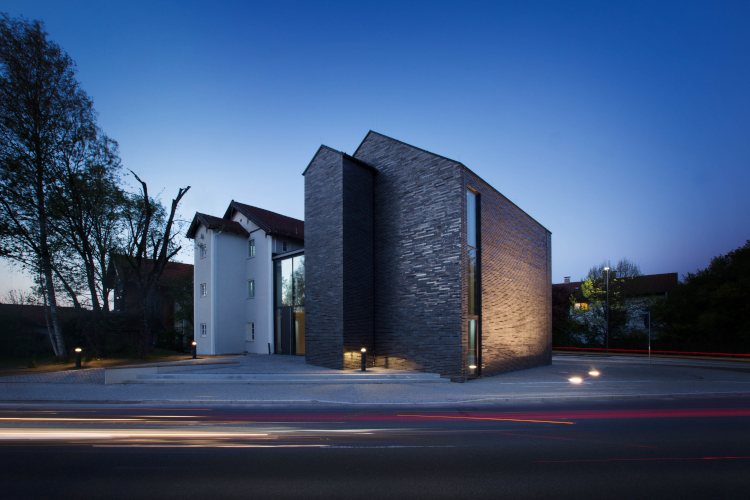
Open air museum Glentleiten
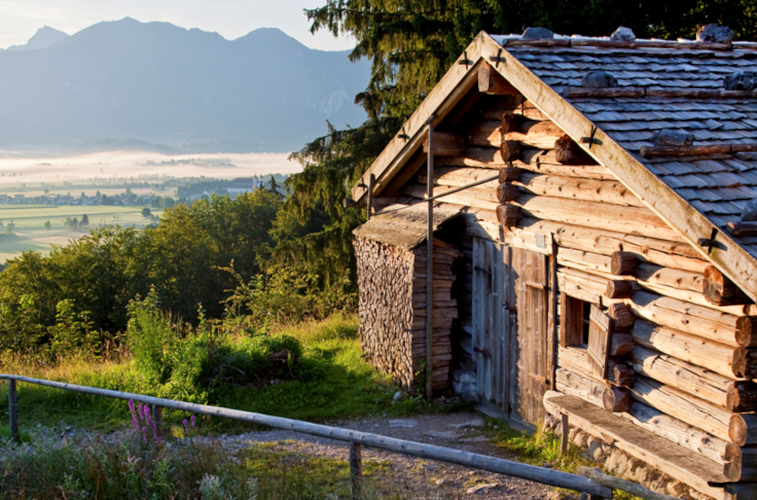
The Glentleiten Open Air Museum is the largest of its kind in Southern Bavaria. It provides detailed insight into the everyday life of the people of Upper Bavaria, their construction and building culture and their working environment.
More than 60 original buildings have been conserved and translocated together with their equipment to be restored in the midst of a landscape cultivated to conform to historic patterns.
On the widely spread terrain of the museum you will find a variety of gardens, forests and meadows with ancient animal species, with spectacular views of the mountains and lakes of Upper Bavaria to be expected everywhere.
>> www.glentleiten.de (Großweil 10 km)
Foto: Bezirk Oberbayern, Archiv FLM Glentleiten
Monastery Benediktbeuern
The foundation of the monastery can be dated to the year 725. In the Middle Ages, Benediktbeuern developed into one of the most important spiritual and cultural centers in Bavaria. The world famous Carmina Burana were also kept here. From 1669 the baroque monastery was built by outstanding artists of the time, such as Georg Asam and Johann Baptist Zimmermann. The Salesians of Don Bosco have lived and worked here since 1930.
More about the numerous facilities (center for environment and culture, herb garden, basilica, Anastasia chapel, Maierhof, Kurfürstensaal, guided tours, events, concerts, monastery shop, monastery café) can be found on the website.
>> www.kloster-benediktbeuern.de (Benediktbeuern 8 km)
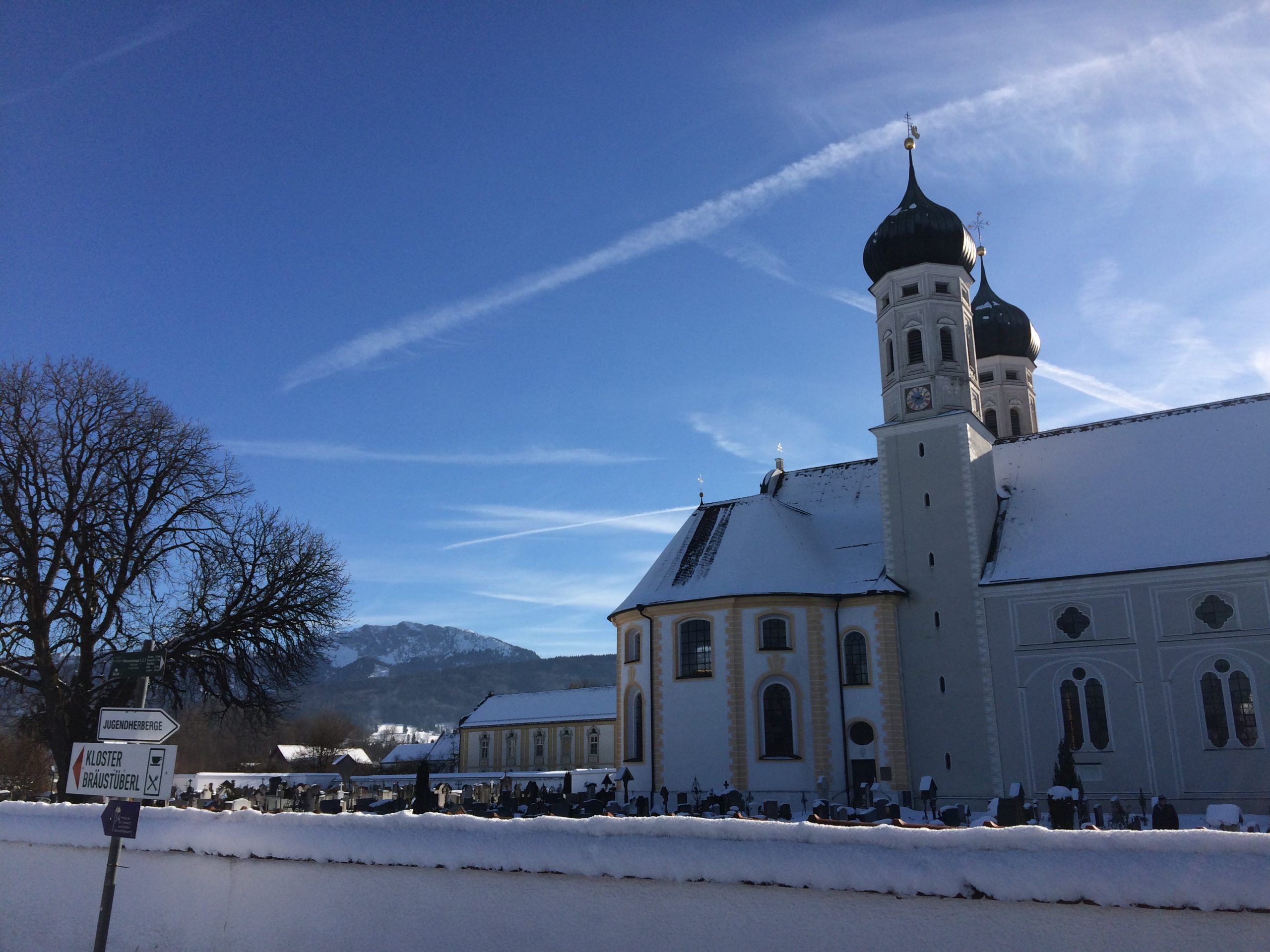
Fraunhofer Glassworks
The famous optician Joseph von Fraunhofer (1787-1826) achieved his groundbreaking successes in Benediktbeuern: the development of the streak-free flint glass and the discovery of the “Fraunhofer lines” named after him, dark lines in the solar spectrum.
After secularization, the factory owner Joseph von Utzschneider acquired the buildings of the former Benediktbeuern monastery in 1805 and set up a glassworks there for the production of glass for use and optical glass. In his former place of work, the glassworks in the buildings of the monastery which was secularized in 1803, there is now a museum.
>> www.kloster-benediktbeuern.de (Benediktbeuern 8 km)
Violin making museum Mittenwald
The violin making museum was founded in 1930 and is located in one of the most beautiful and oldest houses in Mittenwald. The exhibition shows the violin making trade and its development, which has now spanned over three hundred years, linked to local history.
>> www.geigenbaumuseum-mittenwald.de (Mittenwald 30 km)
Heimatmuseum Bad Tölz
>> www.bad-toelz.de (Bad Tölz 26 km)
Leonhardi hores pilgrimage
Ever since 1855, Leonhardifahrt, one of the greatest pilgrimages on horse and with horse-drawn carriages, has been celebrated in Bad Tölz.
The pilgrimage, leading through Marktstraße to Kalvarienberg, is rich in tradition and citizens and peasants proudly wear their best clothes. The horses and carriages are beautifully decorated and the town is spruced up, too. After the church service and the priest´s blessing locals and guest celebrate the area´s most important holiday with a cheerful gathering in the town´s heart.
>> www.bad-toelz.de (Bad Tölz 26 km)
>> www.benediktbeuern.de (Bendediktbeuern 8 km)
The castles of King Ludwig II.
>> Castle Linderhof (Linderhof 45 km)
>> Königshaus am Schachen (Schachen 48 km)
>> Castle Neuschwanstein (Füssen 70 km)
>> Castle Herrnchiemsee(Prien am Chiemsee 106 km)


